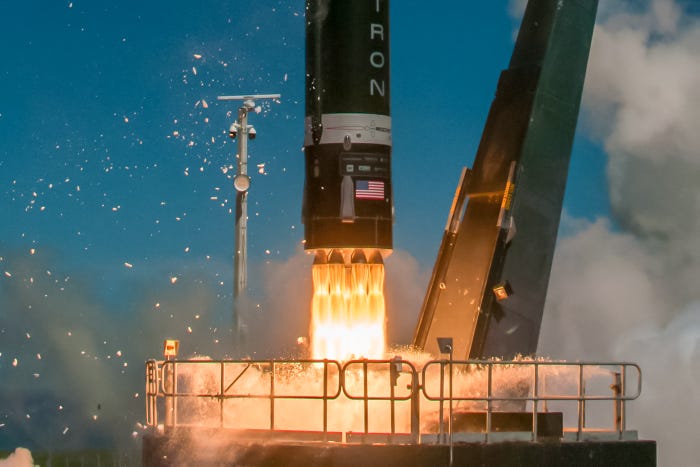Top 10 Small-Lift Launch Vehicles Of The Future
With the most powerful rockets in the world currently being developed, it can be easy to forget the little guys. While the future small-lift launch vehicles will not bring hundreds of tons into orbit they will provide a cost-effective launch vehicle for many customers. There is a very large market for smaller rockets carrying cargo such as small satellites and more. In this list, I will go through some of the future launch vehicles we are likely to see flying in a short time.
1. Electron
Electron is one of the more developed rockets on this list and is made by Rocket Lab. Rocket Lab is a part American part New Zealand aerospace manufacturer. The company was founded in 2006 by Peter Beck. Rocket Lab has the goal of becoming a very reliable and inexpensive launch provider. They also are focusing on speeding up launches and providing them in quick succession for their customers.
Rocket Lab started testing its Electron rocket in 2017. At this point in time, the Electron rocket has flown a total of 21 times, 18 of which have been successful. With their Electron rocket, they focus on delivering small satellites into Earth’s Orbit. This rocket is also meant to be partially reusable. While Rocket Lab has not tried it yet the plan is to catch the booster out of mid-air with a helicopter. They want to slow the booster down via parachute and hook onto it. A very ambitious idea but one that could save the company and their customers a lot of money.
2. Alpha
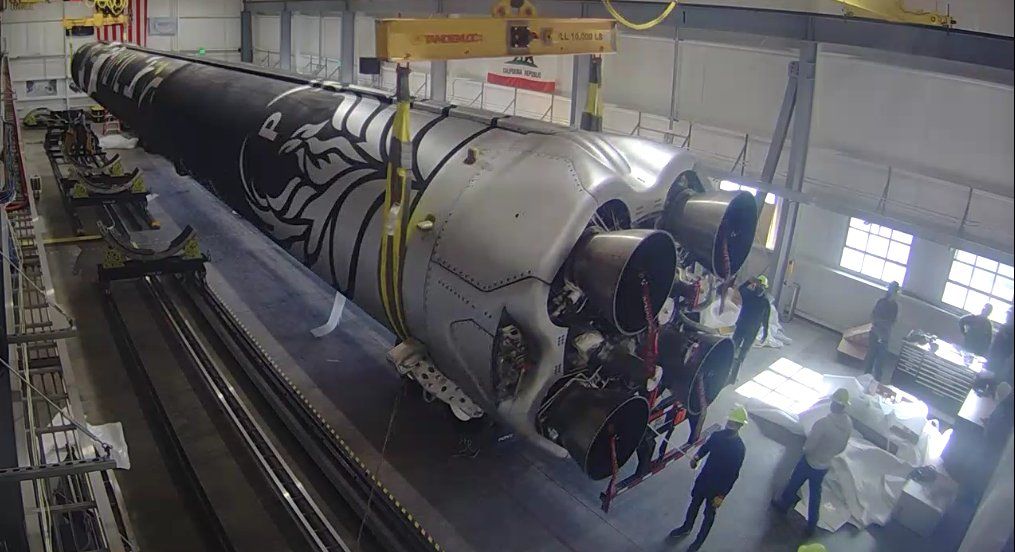
Alpha is a small launch vehicle developed by Firefly Aerospace. Firefly Aerospace is a private company based in Austin, Texas. They focus on developing small and medium-sized launch vehicles for commercial launches to orbit. Founded in 2014 they were originally Firefly Space Sytems until 2017. Recently awarded a $93 million contract from NASA Firefly Aerospace is likely to become a reliable small launch provider.
Firefly Alpha is a two-stage expendable rocket. Firefly Alpha’s first flight happened just recently on September 3rd. This launch unfortunately did end in a controlled explosion high up in the atmosphere. The launch was not a 100% success but was still a great first launch and provided Firefly Aerospace with some quality information. This rocket is designed to launch 1000kg to low Earth orbit or 630kg to sun-synchronous orbit.
3. RS 1
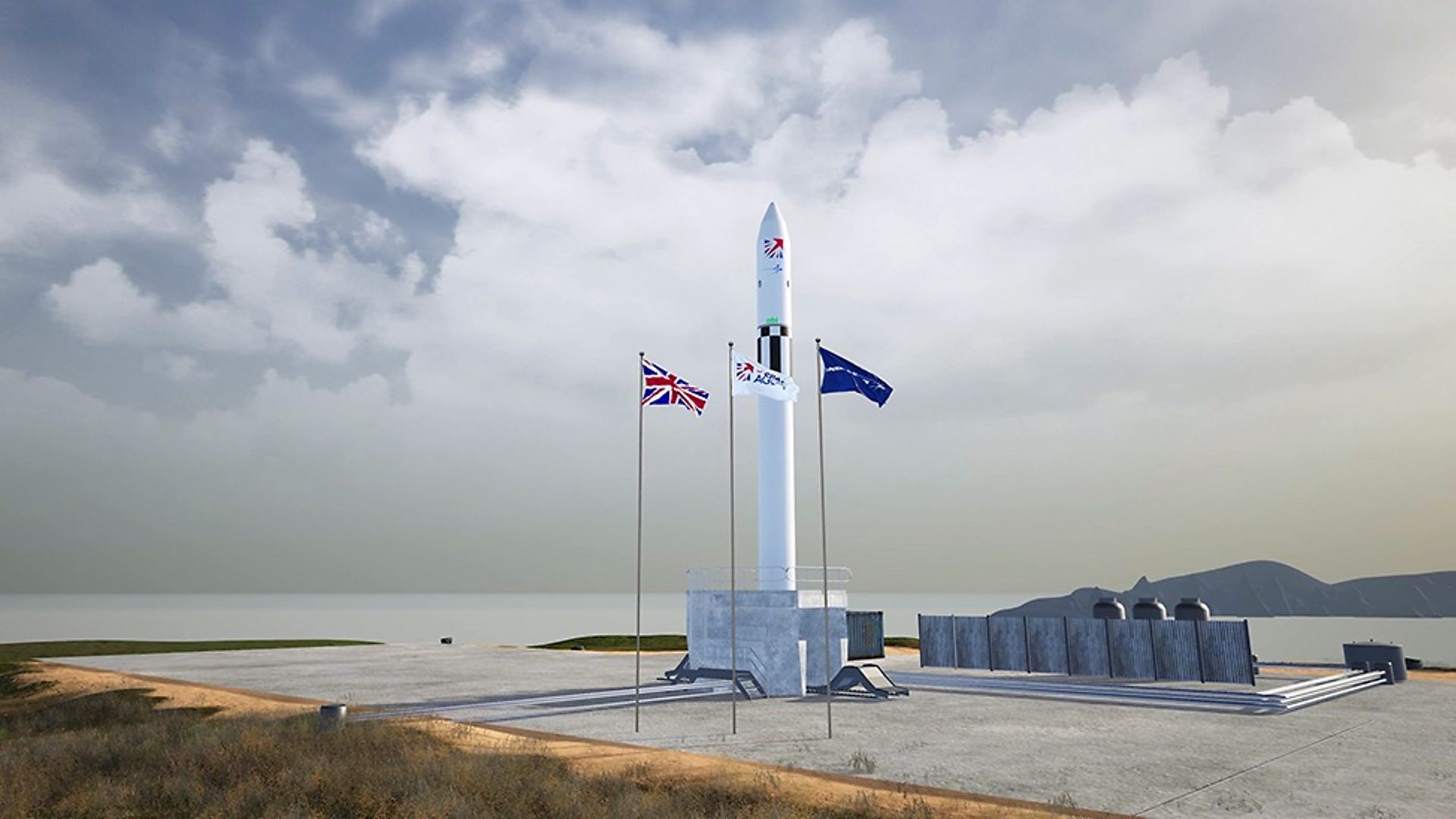
RS 1 is another small launch vehicle being developed by ABL Space Systems. ABL Space Systems is based out of California and was founded in 2017. This company is focused on producing small launch vehicles using 3D printing methods.
Currently, ABL is developing its RS 1 rocket. RS 1 is a two-stage rocket capable of carrying 1,350kg to low Earth orbit. The rocket will be powered by nine E2 rocket engines on the first stage and 1 on the second stage. ABL is planning to have its first orbital launch in 2021. The firm has received almost $50 million in contracts from the United States Air Force to launch some technology for them in the future. It is likely very soon we will watch some of the first flight attempts from RS 1.
4. Tronador II
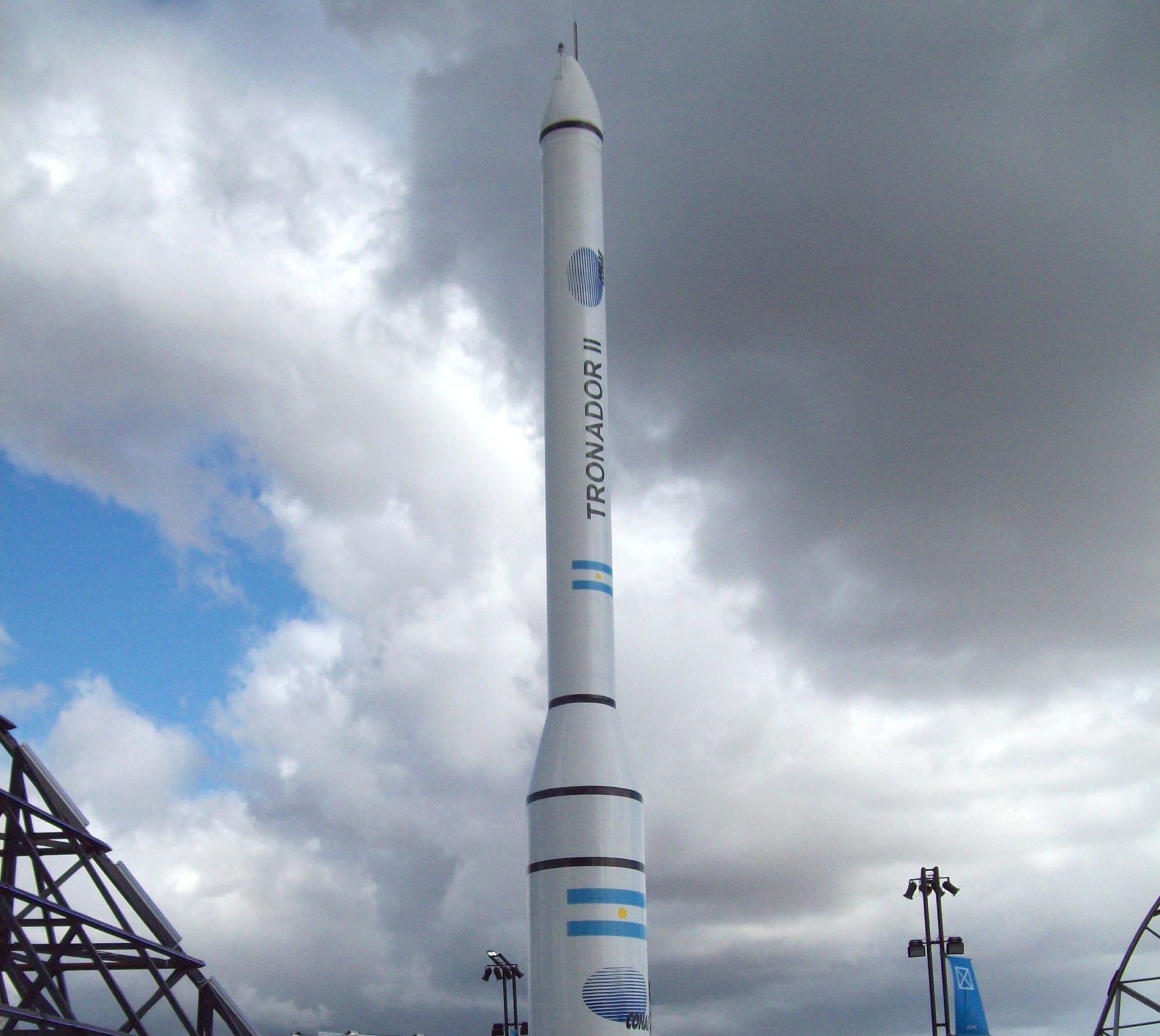
Tronador II is a series of Argentinian rockets developed by CONAE. CONAE in English stands for National Space Activities Commission. Specifically, CONAE is the national space agency of Argentina and is responsible for creating the countries launch vehicles. The agency was formed on January 28th, 1960, and is currently working on the Tronador II.
The Tronador II is a liquid-propelled expendable small launch vehicle. The Tronador II’s maiden launch is expected to happen in about 4 years. The rocket has two stages and stands at 28m tall. The payload of this rocket is planned to be around 250kg. If successful this rocket could provide Argentina with a reliable small launch vehicle that they can use to get more involved with the space industry.
5. Terran 1
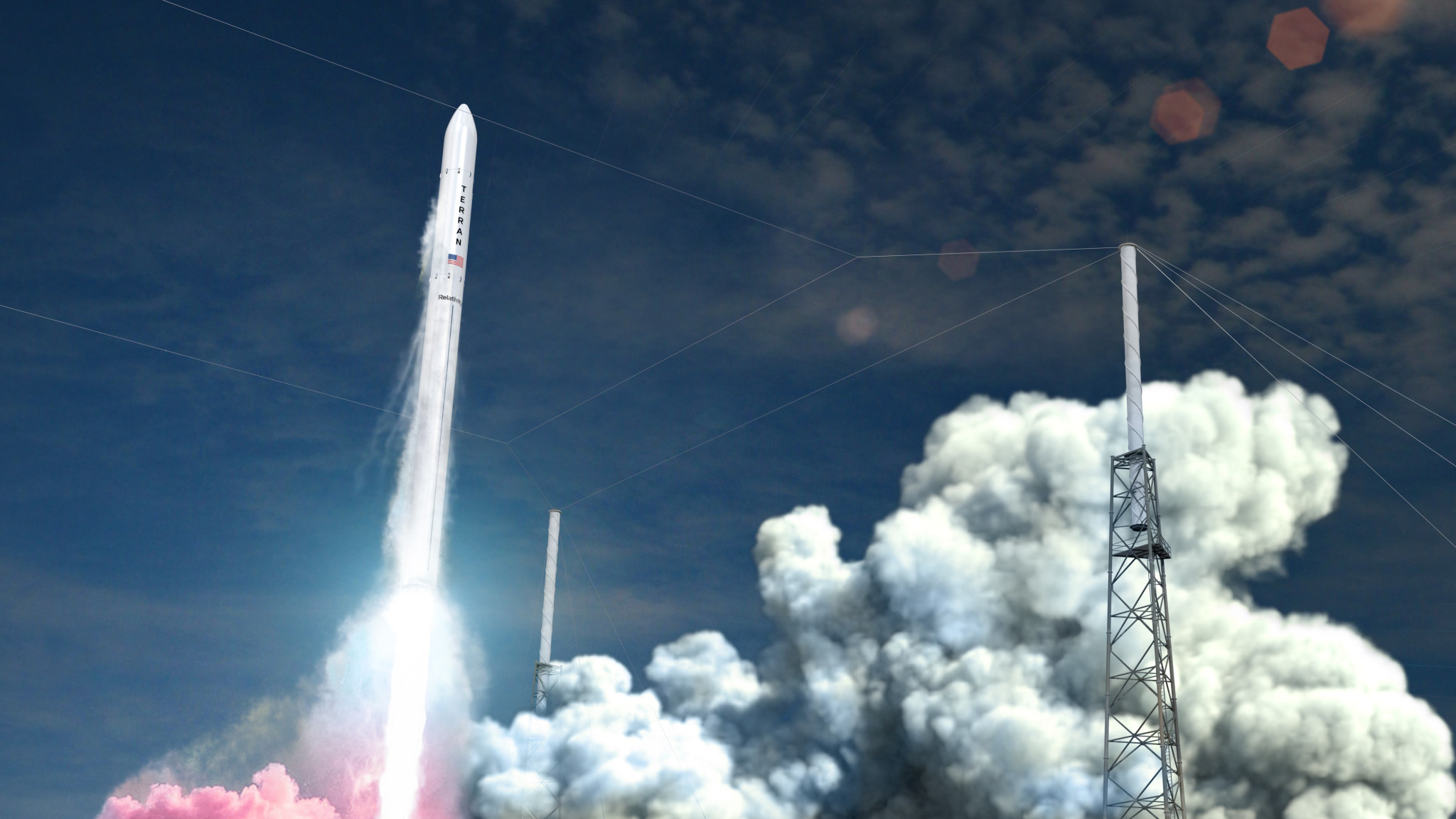
Terran 1 is a small launch vehicle under development from Relativity Space. This company is based out of Los Angeles, California. Founded in 2015 Relativity Space is developing manufacturing technologies, launch vehicles, and rocket engines for commercial orbital launch services. Relativity has received mass amounts of funding from different companies totaling over $1 billion. With the companies valuation already over $2.3 billion, they have quite a bit of capital.
Currently, they are developing Terran 1. This is an expendable two-stage small launch vehicle. The planned payload is expected to be 1,250kg to low Earth orbit. This higher amount will allow them to bring bigger and more expensive cargo into Earth’s orbit. Relativity is advertising a $12 million cost per launch which is quite low for the space industry. They are aiming to have the first launch in early 2022.
6. SSLV

SSLV stands for the Small Satellite Launch Vehicle currently being developed by ISPO. ISPO is the Indian Space Research Organization. ISRO was established in 1962 and is responsible for building India’s first satellite launched in 1975.
The Small Satellite Launch Vehicle’s main goal is to create an affordable small satellite launch vehicle that India has access to. The agency has put a lot of focus on price and is aiming for each launch to cost only $4.2 million. This would help encourage a lot more launches due to the lower price. With the first launch expected to happen in late 2021, it is possible we could see this rocket flying very soon.
7. Miura 5

Miura 5 is another small launch vehicle under development by PLD Space. PLD or Payload Aerospace is a Spanish company working towards making multiple partially reusable rockets. PLD is a smaller company that was founded in 2011 and currently has less than 100 employees.
The Miura 5 is a two-stage orbital recoverable launch vehicle. The rocket is on the smaller side of this list at only 25m tall. Despite the smaller size it is planned to bring around 300kg into a sun-synchronous orbit. The first launch is planned to take place in 2024 but we will have to see if the company has enough funding and success to make it there.
8. Zero

Zero is a very small launch vehicle developed by Interstellar Technologies. Interstellar Technologies is a Japanese company that is aiming to build a rocket capable of launching small satellites under 100kg. In 2017 it became the first Japanese company to launch a privately developed rocket. Despite this launch being unsuccessful, it was still a step in the right direction for Japan’s involvement in the space industry.
Right now there is not a lot of information on this rocket. What we do know is that the first launch is estimated to be around 2023. We also know they are planning for the rocket to bring up to 100kg to sun-synchronous orbit.
9. Blue Whale 1

Blue Whale 1 is by far one of the smallest rockets on this list currently under development by Perigee Aerospace. Perigee Aerospace develops sub-orbital and orbital rockets and is based out of South Korea. The company was officially established in 2018 but work had started in 2012. Right now they are working on their Blue Whale 1 rocket.
The Blue Whale 1 rocket is tiny in comparison to the majority of rockets coming in at 8.5m tall and 30in wide. The rocket is supposed to deliver up to 50 kg to a sun-synchronous orbit with an altitude of 500 km. Perigee Aerospace is hoping to combine the small size and low cost to launch up to 40 of these rockets per year. The maiden flight was originally planned for 2020 but has not yet happened.
10. Astra Rocket

The final rocket on this list is Astra’s rocket developed by Astra. Astra is an American company with the goal of improving life on Earth by going to space. To do this they want to create a more connected and healthier planet via consistent access to space. Founded in 2016 the company has made a lot of progress in a little amount of time.
The Astra rocket is 11.2m tall and 1.32m wide. Right now Astra is working towards testing and putting this rocket into orbit. Just recently they had a test flight that was partially successful. Right after launch the rocket had some engine problems and was not producing enough thrust. Once disconnected from the launch tower it hovered in the air for a small bit of time while veering off to the side. It eventually started to gain altitude but was unable to reach orbit. Despite the failure, it is a great first step and gives the company a lot of valuable information. This company and rocket have a lot of potential and will help provide options for commercial and military cargo in the future.
